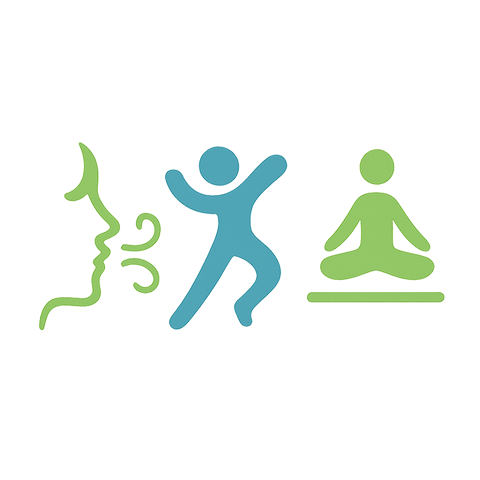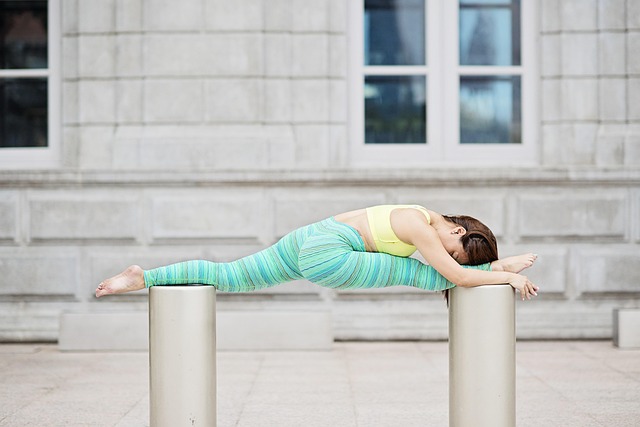Understanding Muscle Relaxation in Fitness Training
When it comes to achieving your fitness goals, the path to success isn’t only paved with hard work and dedication; it’s also about understanding the science behind your body’s movements. Among the many aspects of fitness training, one concept that often gets overlooked is muscle relaxation. This essential element plays a critical role in enhancing mobility and overall performance, allowing you to move freely and efficiently during your workouts.
The Importance of Muscle Relaxation
Imagine trying to run a marathon while wearing a pair of shoes several sizes too small. Just as tight shoes can hinder your stride, overly tense muscles can restrict your movement, leading to injury and frustration. Muscle relaxation is about finding that sweet spot between tension and ease. When your muscles are adequately relaxed, they can function optimally, allowing for better range of motion, improved strength, and less risk of injury.
The Science Behind It
During physical activity, your muscles work in a coordinated manner, contracting and relaxing to produce movement. However, if your muscles remain in a state of tension, they become fatigued more quickly, which can deter you from performing at your best. This fatigue can cause poor form and increase the likelihood of injuries, hindering your progress and enthusiasm towards fitness training.
Incorporating Muscle Relaxation Techniques
To enhance mobility and encourage muscle relaxation, incorporating specific techniques into your routine is essential. Here are a few effective methods:
- Stretching: Regularly stretching your muscles can help maintain flexibility and promote relaxation. Focus on both dynamic stretches before workouts and static stretches after to help your muscles release tension.
- Foam Rolling: Self-myofascial release using a foam roller can effectively identify and alleviate tight spots in your muscles. It promotes blood circulation and encourages the relaxation of overactive muscle groups.
- Breathing Exercises: Deep, controlled breathing can signal your body to relax and reduce muscle tension. Techniques such as diaphragmatic breathing can be incorporated into your warm-up or cool-down routines.
- Active Recovery: On rest days, engage in low-impact activities like yoga or swimming. These activities allow you to maintain mobility while promoting relaxation and recovery in your muscles.
Listening to Your Body
Fitness is a highly individual journey, and it’s essential to listen to your body throughout the process. If you find certain muscle groups are consistently tight or causing discomfort, dedicate more time to relaxing those areas. Whether you’re an experienced athlete or just starting your fitness journey, understanding the signs of muscle tension and incorporating relaxation techniques will unlock your potential and improve your overall health.
As you deepen your understanding of muscle relaxation in fitness training, you’ll not only enhance your mobility and performance, but you’ll also foster a more mindful, connected approach to your health and activity. Embrace the freedom that comes from relaxed muscles and watch as your fitness journey unfolds in ways you never thought possible.




